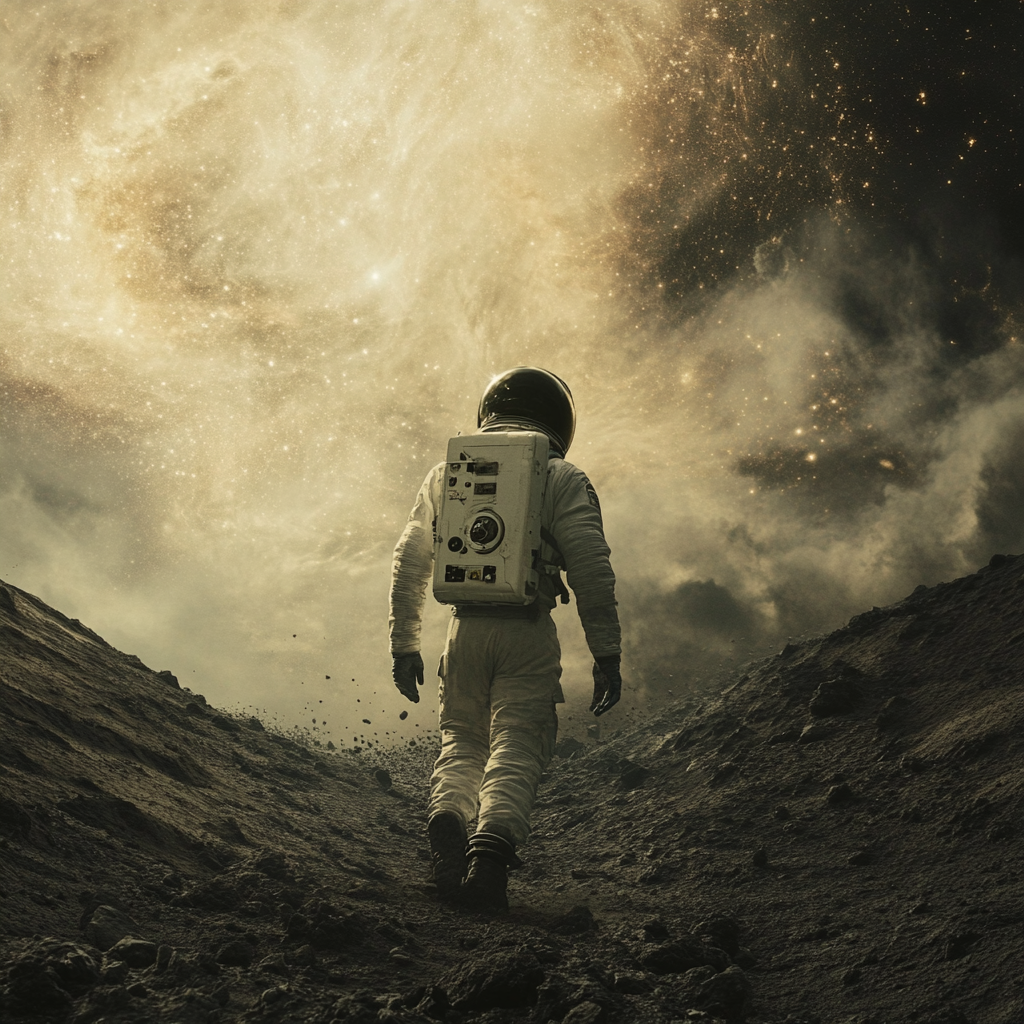Introduction
Interstellar (2014), directed by Christopher Nolan, is one of the most profound and visually stunning sci-fi films of all time. Featuring a star-studded cast, including Matthew McConaughey, Anne Hathaway, and Jessica Chastain, the movie takes audiences on an emotional journey through space, time, and human survival.
With its scientifically grounded plot, breathtaking visual effects, and philosophical depth, Interstellar stands as a landmark film in the science fiction genre. This article will explore its story, key themes, and cultural impact.
Plot Summary
In a dystopian future where Earth is dying due to environmental collapse, NASA discovers a wormhole near Saturn that could lead to habitable planets. Cooper (Matthew McConaughey), a former NASA pilot, is recruited to lead an expedition through the wormhole to find a new home for humanity.
Accompanied by a team of scientists, including Dr. Brand (Anne Hathaway), Cooper embarks on a journey to distant galaxies, encountering time dilation, black holes, and the mysteries of interstellar travel. Meanwhile, his daughter Murph (Jessica Chastain) stays on Earth, working to solve a gravitational equation that could save humanity.
The story intensifies as Cooper ventures into a black hole, leading to a mind-bending climax that explores love, time, and the nature of existence.
Why Interstellar Stands Out
1️⃣ Scientific Accuracy – The film, advised by physicist Kip Thorne, presents realistic depictions of black holes, wormholes, and time dilation.
2️⃣ Emotional Depth – Unlike many sci-fi movies, Interstellar is deeply emotional, focusing on family bonds, sacrifice, and human resilience.
3️⃣ Stunning Visual Effects – The black hole “Gargantua” was rendered using real physics equations, making it one of the most scientifically accurate CGI models in film history.
4️⃣ Hans Zimmer’s Iconic Soundtrack – The powerful organ-based score enhances the film’s emotional impact, making it one of Zimmer’s best works.
5️⃣ Thought-Provoking Themes – Interstellar explores love as a force beyond time and space, making audiences reflect on existential questions.
Key Themes in Interstellar
🔹 Time Dilation and Relativity – Due to Einstein’s theory of relativity, time moves differently in space. This is dramatically shown on Miller’s planet, where one hour equals seven years on Earth.
🔹 The Power of Love and Human Connection – The film suggests that love transcends dimensions, as seen in Cooper and Murph’s connection.
🔹 The Survival of Humanity – Interstellar poses the ultimate question: Will humans survive beyond Earth?
🔹 Exploration and the Unknown – The movie celebrates human curiosity and the desire to explore beyond our limits.
Impact and Cultural Significance
Since its release, Interstellar has become one of the most analyzed and discussed films in modern cinema. It grossed over $700 million worldwide, won the Academy Award for Best Visual Effects, and continues to inspire discussions about space travel, black holes, and the future of humanity.
Scientists praise the film for its scientific accuracy, and its portrayal of black holes influenced real astrophysics research.
Conclusion
Interstellar is more than just a sci-fi movie; it is a philosophical journey that explores the boundaries of science, love, and human endurance. With its intelligent storytelling, breathtaking visuals, and deep emotional core, the film remains a modern classic that will be remembered for generations.
You can also read:
https://movie-rait.com/the-green-mile/
